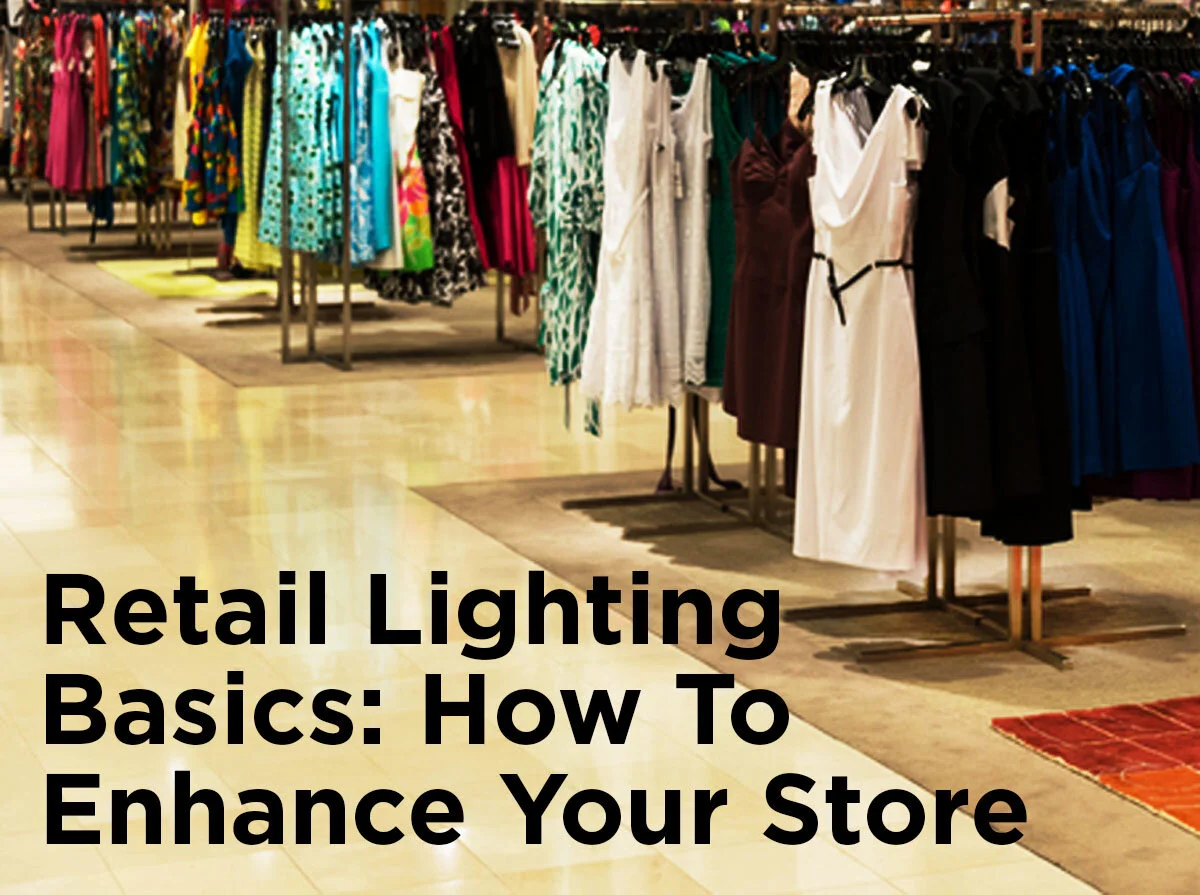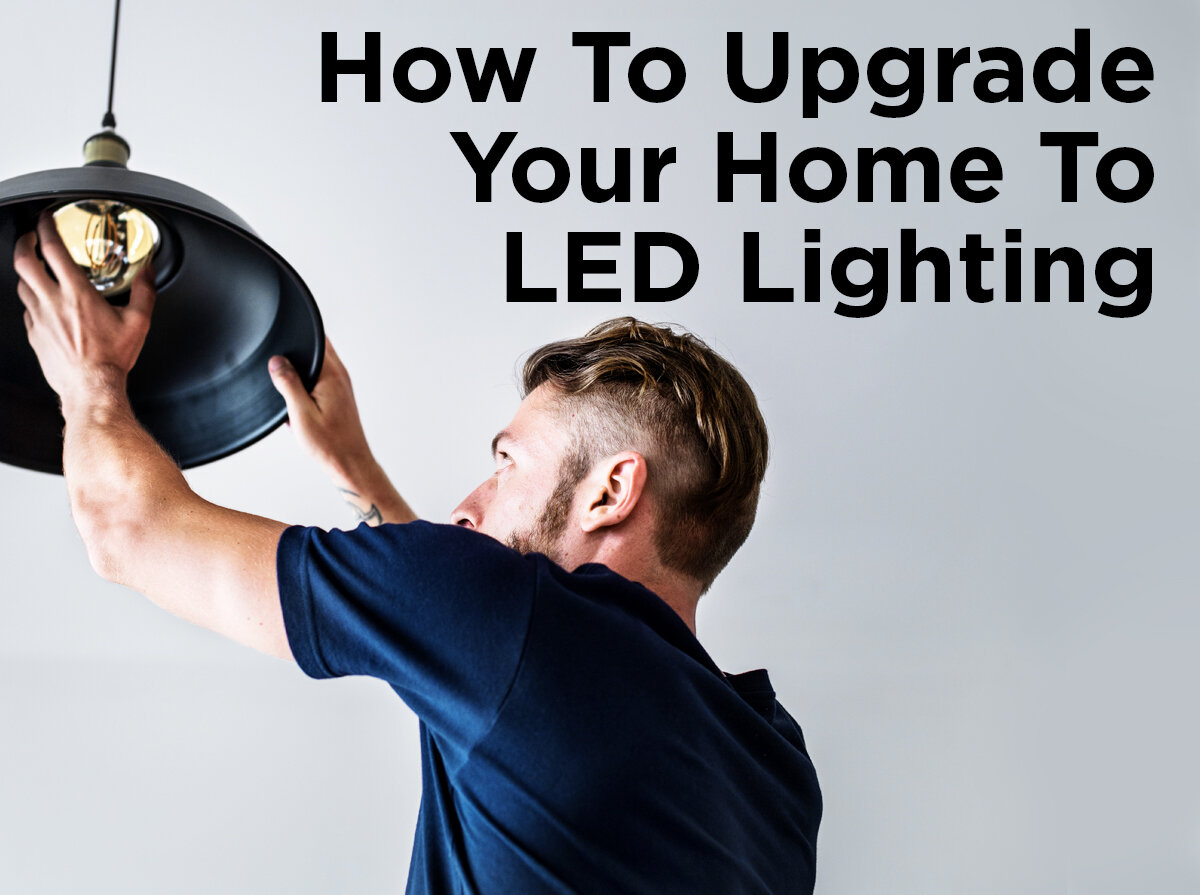How to Light Your Home for Aging Eyes
It’s a simple fact of life that as we get older, our bodies become weaker and our senses just aren’t as sharp as they used to be. One of those senses that begin to deteriorate over time is eyesight. As we age, our eyes become more sensitive to the way they perceive and react to light. However, there are certain modifications to the lighting in your home to make sure your space is comfortable for those whose eyesight is beginning to worsen as an effect of aging.
How Light Perception Changes With Age
Changes in eyesight can happen throughout your life, but once you reach a certain age, those changes become more dramatic than just not being able to see objects in the distance. Just like with our bodies, certain muscles in the eye begin to weaken. Have you ever shined a light in your eyes and watched your pupils dilate? Well, as we get older, the muscles which help the pupil to contract and expand in order to control the amount of light taken in by the eye start to lag in reaction time. This means that it takes longer for eyes to adjust to both dark and bright environments. Some more changes that can occur are yellowing of the lens which affects color perception, the appearance of spots or “floaters” in the vision caused by particles in the vitreous fluid of the eye, and cataracts that cause foggy areas in the eye. There are medical steps that can be made to remedy or improve these conditions, but proper lighting can also help compensate for some of these eye troubles.
What Kind of Light Helps Aging Eyes?
Brighter Light – Troubled vision as a result of age can often be fixed by simply using more light that usual. This doesn't necessarily mean you need to bump up the brightness of all the lighting in your home to extreme levels, but you can use brighter task lights, such as table and floor lamps or under cabinet lights to provide more illumination for activities like cooking, reading, using the bathroom mirror, etc. That being said, it’s still not a bad idea to up the lumens (brightness) of the general lighting in your home.
Uniform Ambient Lighting – As mentioned above, older eyes have trouble adjusting to different light levels as quickly as they used to. In order to make the eyes as comfortable as possible, your home should have uniform ambient (general) lighting throughout the entire home. This means that no one room should be exponentially brighter or darker than the other and there should be smooth lighting transitions from one room to the next. Adding dimmers can also make it easier to adjust light levels in different rooms.
Glare-Free Light – Glare from extremely bright light given off by exposed bulbs can often make vision problems like “floaters” much worse. Floaters and other eye damage can cause the light to scatter throughout the eye, increasing sensitivity to glare and making it difficult to see in lower light levels. To avoid glare, make sure your light sources are covered with a shade to diffuse and diminish any harsh direct light .
Color Correctness – Because coloration of the lenses on our eyes can change as we get older, it’s important that light sources have very high CRI or Color Rendering Index, usually above 80. The higher the CRI, the truer colors will appear to the eye.
Do you have any more questions about the best lighting to use for aging eyes? Ask us in the comments or give us a shout on Facebook, Twitter, LinkedIn, or Pinterest!







